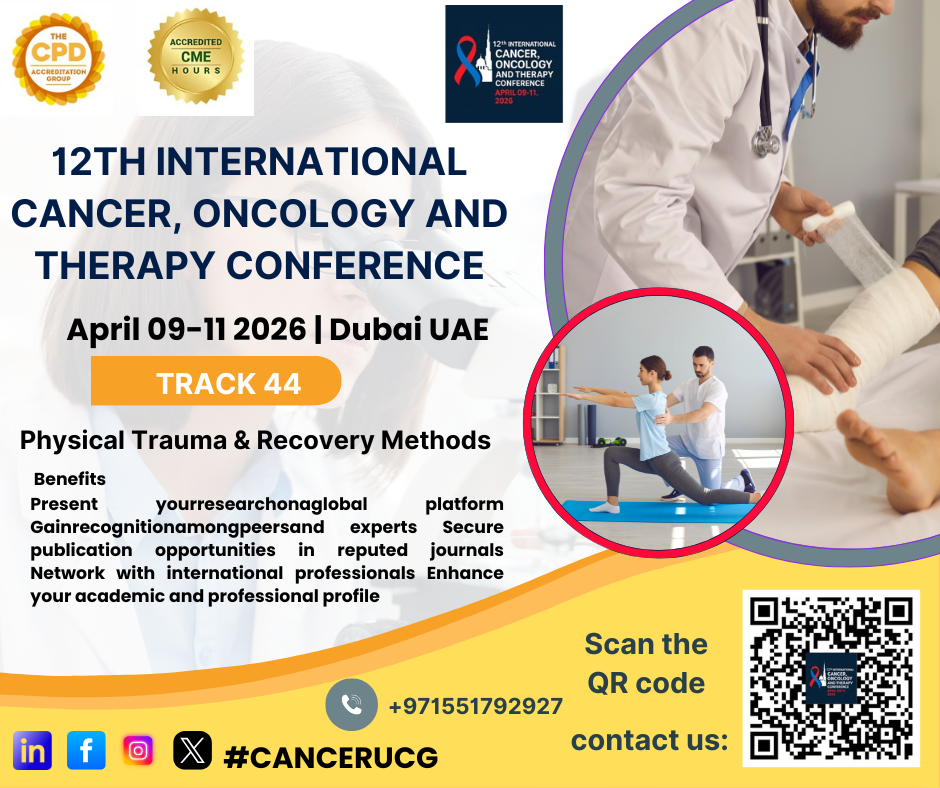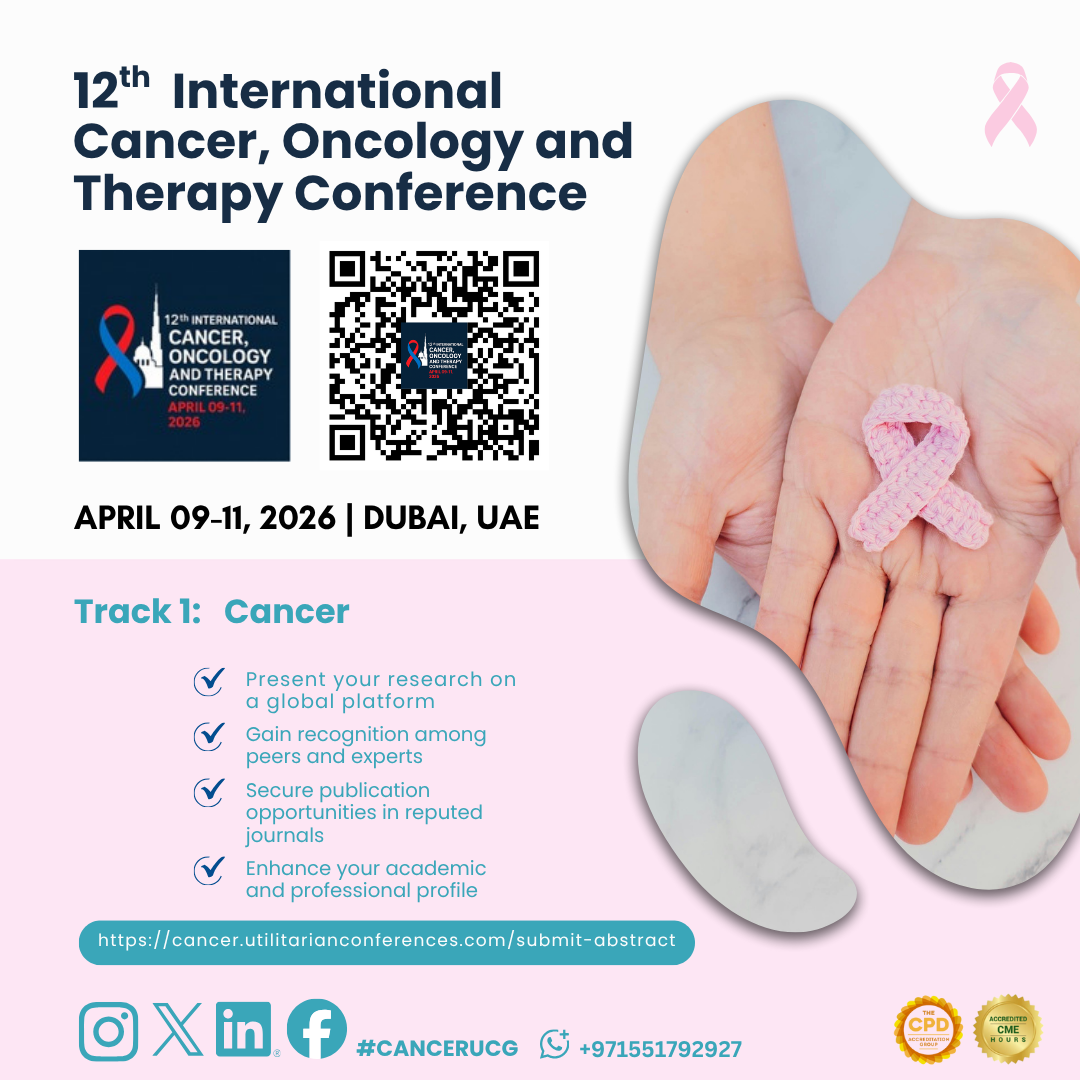



Sub Topics: Cancer, Types of Cancer, Causes of Cancer, Symptoms of Cancer,...

What is Oncology
Definition of Oncology
Understanding oncology as the...

Physical trauma
refers to injuries or damage to the body caused by external forces. This can
range from minor injuries like sprains to severe conditions like fractures or
traumatic brain injuries. Recovery methods for physical trauma depend on the
nature and severity of the injury. Here’s a comprehensive overview:
Types of Physical Trauma
1. Soft Tissue Injuries
Sprains: Stretching or tearing of ligaments.
Strains: Stretching or tearing of muscles or tendons.
Contusions: Bruises caused by direct blows to the
skin.
2. Fractures and
Dislocations
Fractures: Breaks or cracks in bones.
Dislocations: Joints where bones have been forced out
of alignment.
3. Head and Spinal
Injuries
Concussions: Mild traumatic brain injuries resulting
from impacts.
Spinal Cord Injuries: Damage to the spinal cord that
can affect movement and sensation.
4. Internal Injuries
Organ Damage: Injuries to internal organs like the
liver or spleen.
Hemorrhages: Internal bleeding from damaged blood
vessels.
5. Burns
First-Degree Burns: Affect only the outer layer of
skin.
Second-Degree Burns: Affect both the outer layer and
underlying skin.
Third-Degree Burns: Extend through all layers of skin
and may damage underlying tissues.
Recovery Methods
1. Immediate Care
First Aid: Initial treatment to stabilize the injury,
such as applying ice to reduce swelling, immobilizing the injured area, or
performing CPR if necessary.
Medical Attention: Seeking professional medical
evaluation and treatment for severe injuries or symptoms.
2. Medical Treatment
Medications: Pain relievers, anti-inflammatory drugs,
or antibiotics to manage pain, reduce inflammation, or prevent infection.
Surgical Intervention: Procedures to repair fractures,
realign dislocated joints, or address internal injuries.
3. Rehabilitation
Physical Therapy: Exercises and treatments to restore
strength, flexibility, and function. Includes techniques such as:
Range of Motion Exercises: To improve joint
flexibility and movement.
Strength Training: To rebuild muscle strength and
endurance.
Manual Therapy: Hands-on techniques to improve
movement and reduce pain.
Functional Training: Exercises that mimic daily
activities to help with practical recovery.
Occupational Therapy: Assists individuals in regaining
the skills needed for daily living and work activities, often involving
adaptive techniques and tools.
4. Pain Management
Medications: Use of prescribed pain relievers,
anti-inflammatory drugs, or muscle relaxants.
Alternative Therapies: Techniques such as acupuncture,
massage therapy, or mindfulness meditation to help manage pain.
5. Psychological Support
Counseling: Emotional support and therapy to help cope
with the psychological impact of trauma, including stress, anxiety, or
depression.
Support Groups: Connecting with others who have
experienced similar injuries can provide emotional support and practical
advice.
6. Lifestyle Adjustments
Diet and Nutrition: Maintaining a healthy diet to
support the body’s healing process, with a focus on adequate protein, vitamins,
and minerals.
Rest and Sleep: Ensuring sufficient rest and sleep to
promote recovery and overall health.
7. Long-Term Management
Follow-Up Care: Regular medical check-ups to monitor
recovery progress and make necessary adjustments to treatment plans.
Chronic Condition Management: For injuries that result
in long-term or permanent changes, ongoing management may include adjustments
to lifestyle, mobility aids, or continued therapy.
Recovery Goals
Restoration of Function: Achieving the maximum
possible recovery of physical abilities and daily functioning.
Pain Reduction: Managing and reducing pain to improve
quality of life.
Psychological Well-being: Addressing any mental health
concerns related to the injury and recovery process.
Prevention of Further Injury
Safety Measures: Using appropriate safety equipment
and practicing preventive measures to avoid future injuries.
Education: Learning about proper body mechanics and
techniques to reduce the risk of injury in daily activities or sports.
Physical trauma recovery is a comprehensive process
involving medical treatment, rehabilitation, pain management, and psychological
support. A multidisciplinary approach often provides the best outcomes, helping
individuals return to their optimal level of health and function.